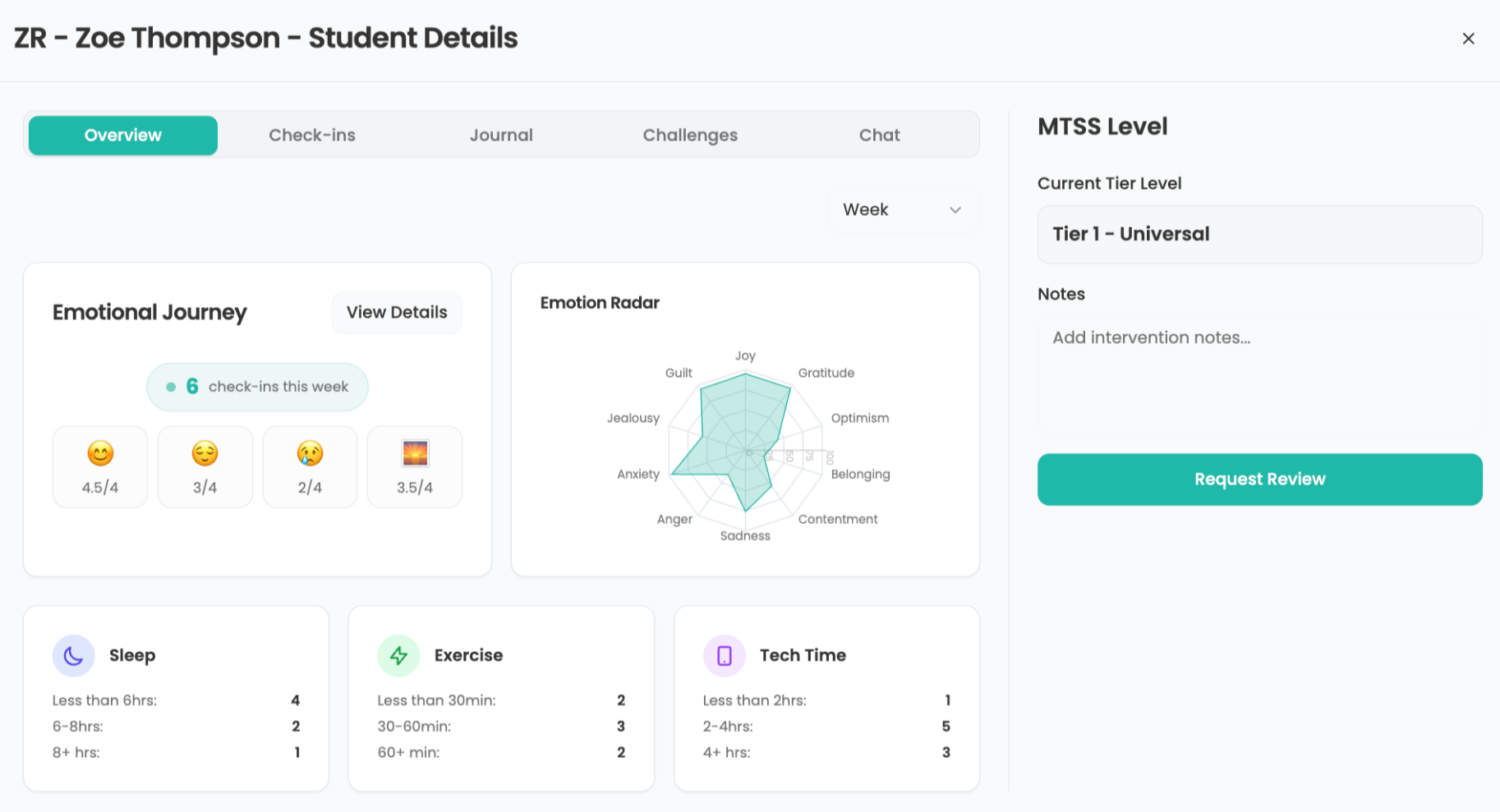New Research: Schools Using Technology for Greater Student Engagement



The majority of school districts are excited about what they are accomplishing with technology. While there’s still a technology gap in many schools, it’s a gap that up-to-date projectors, large displays, better networking/connectivity solutions, and teaching software can fill.
Insufficient budgets are always a challenge for K-12 schools and districts, but most find ways to push forward their technology goals even with small steps. Survey findings include:
· 97% of respondents said online investigation and exploration is important.
· 94% are using the web as a curriculum resource.
· 75% of those surveyed said that the ability to video conference is important but only 19% of respondents actually use it at their schools.
The Technology Schools are Using
Collaborative displays are getting a lot of attention these days but only 45% of respondents say they use them in their teaching. That means that 55% are not using this valuable pedagogical resource—primarily because of costs. Large screen, interactive displays that facilitate student collaboration improve engagement and enhance the learning experience and are a priority for many districts as they shift away from teacher-directed pedagogy.
Tools and ideas to transform education. Sign up below.
The number of makerspaces continue to increase with 28% of respondents reporting they have a place for students to make things. For those who have maker labs, 63% include 3D printers and 58% have design computers.
91% of survey respondents that that technology helps them achieve their teaching and learning goals. Only 9% believe that technology is not helpful in the classroom.
Whether the school is 1:1 or has cart-based devices, Chromebooks lead the pack as the most popular mobile device in schools today. When it comes to tablets, schools have chosen iPads overwhelmingly over Android systems.
Respondents agreed that teaching with technology offers a wider variety of lessons through online curriculum (91%) and allows students to do their work on their own (84%). This enables classroom teachers to move about the classroom coaching students who need additional help or providing enrichment to students who are working ahead of assignments.
Connectivity and Displays
A little more than one-third of respondents are still using old-school cables (like HDMI and VGA) to share their screens with the class. This means the teacher is tied to the projector or front desk. Teachers who are using wireless are able to move about the class while transmitting to the display screen.
Only about 20% of respondents are able to show multiple screens at the same time for compare and contrast activities such as problem solving. This is a valuable teaching technique that most of the latest educational projectors and large format displays support. Unfortunately, it appears to be out of reach for many schools and districts.
Conclusion
In addition to the “usual suspects” on school and district wish lists, such as more funding, better software, and enhanced security, three must haves stood out for our respondents:
· More high definition and larger display devices to show more detail and engage students.
· More touch-enabled and interactive screens that react to inputs quickly, for example, being able to draw on a map with a finger.
· Brighter solid-state projectors that can be used in classrooms with few maintenance issues over the long term.
To read the study in its entirety, click here.
